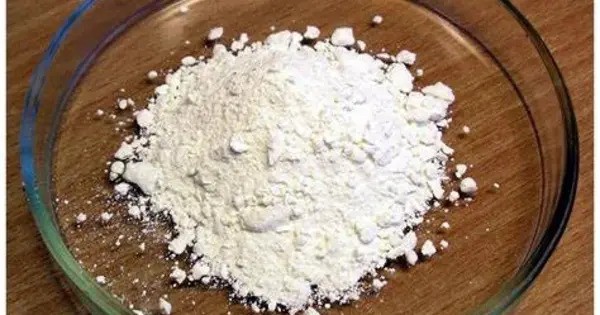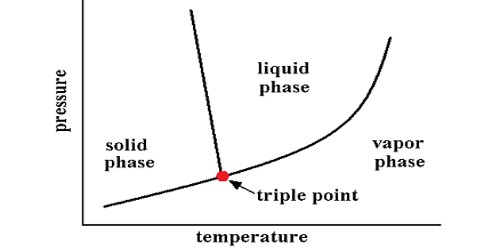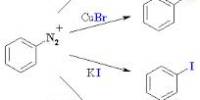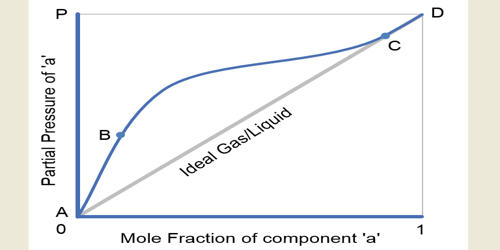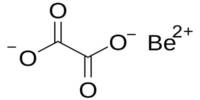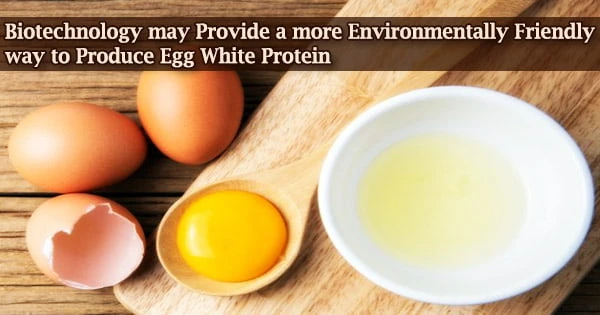Magnesium peroxide (MgO2) is an odorless fine powder peroxide with a white to off-white color. It is relatively stable under normal conditions, but can decompose when exposed to heat or certain conditions, releasing oxygen. It can release oxygen upon decomposition, which makes it an interesting compound for applications where oxygen release is beneficial.
It is similar to calcium peroxide because magnesium peroxide also releases oxygen by breaking down at a controlled rate with water. Commercially, magnesium peroxide often exists as a compound of magnesium peroxide and magnesium hydroxide.
Properties
- Chemical formula: MgO2
- Molar mass: 56.3038 g/mol
- Appearance: White or off-white powder
- Density: 3 g/cm3
- Melting point: 223 °C (433 °F; 496 K)
- Boiling point: 350 °C (662 °F; 623 K) (decomposes)
- Solubility in water: insoluble
- Crystal structure: Cubic, cP12
Synthesis
MgO2 can be produced by mixing MgO with hydrogen peroxide to create magnesium peroxide and water. This being an exothermic reaction should be cooled and kept around 30–40 degrees Celsius. It is also important to remove as much iron from the reaction environment as possible due to iron’s ability to catalyze the degradation of the peroxide. The addition of oxygen stabilizers such as sodium silicate can also be used to help prevent the premature degradation of the peroxide. Regardless, a good yield from this reaction is only about 35%.
MgO + H2O2 → MgO2 + H2O
High yields are further complicated by the fact that MgO2 reacts with water to degrade the peroxide into magnesium hydroxide, also known as milk of magnesia.
Occurrences
Magnesium peroxide can occur naturally in certain environments, especially in deposits associated with magnesium-rich minerals and compounds like magnesite (MgCO₃). It is not commonly found in large quantities in nature, but can form in some geological and environmental conditions. It can be synthesized artificially in the lab by reacting magnesium compounds with hydrogen peroxide.
Applications
Magnesium peroxide is a stable oxygen releasing compound, which is used in agricultural and environmental industries. It is used to reduce contaminant levels in groundwater. Magnesium peroxide is used in the bioremediation of contaminated soil and can improve the soil quality for plant growth and metabolism. It is also used in the aquaculture industry for bioremediation.
- Oxygen Release: Magnesium peroxide can release oxygen when it decomposes, which is useful in applications like wastewater treatment and soil remediation.
- Water Treatment: It can help in the breakdown of organic materials in contaminated water, aiding in purification processes.
- Disinfection: It’s sometimes used as a disinfectant, due to the oxygen release, which can help kill harmful bacteria or other pathogens.
- Environmental Remediation: It is used in cleaning up polluted environments by breaking down organic pollutants in soil or groundwater.
